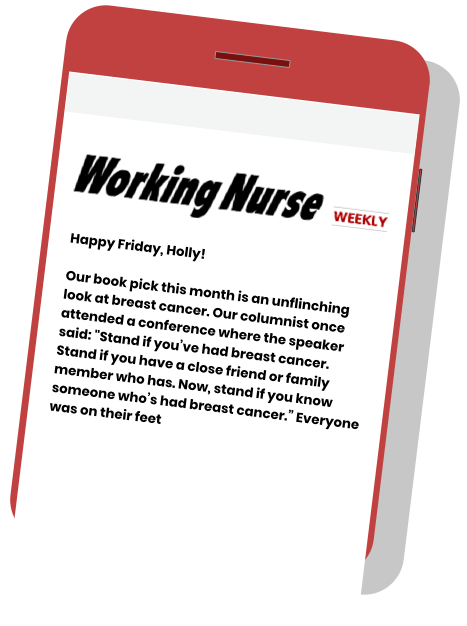Feature
Hazardous Habits
How shortcuts and workarounds become the dangerous new normal

I was standing at the med cart, measuring an insulin injection, when I saw the nurse supervisor heading my way. I froze. The top drawer of the med cart was open. A quick glance would be all she needed to see that I had pre-poured several meds to administer later in my shift.
She approached and stood next to me. “Do you have any extra hearing aid batteries?” she asked.
I held the syringe in the insulin vial with my left hand and hastily handed her a battery with my right. I watched her gaze travel down to the little paper dispensing cups full of meds and the names I’d written on tiny pieces of paper. She then looked up at me.
We locked eyes — only for a second — and then she thanked me and walked away.
What We Both Knew
In that moment of eye contact, no words were spoken, but we both knew:In that moment of eye contact, no words were spoken, but we both knew:
- What I was doing was wrong.
- I would not have time to administer all medications according to protocol during my shift.
- She did the same thing when passing meds on this unit.
- We would never talk about it.
The above is a true story, a memory I have of several years ago when I was working as a per diem RN in a long-term care facility that was chronically understaffed, with a pervasive culture of blame. I started that job with the knowledge and skills necessary for safe medication administration, which every nurse learns in school, and I had every every intention of following those safe procedures.
As I went through orientation, I began to notice that while my fellow nurses could demonstrate the correct protocol, many had shortcuts they followed when busy — and they were always busy. They didn’t talk about those shortcuts.
As I graduated to a charge nurse role and managing my own med cart and unit, I still attempted to follow protocols. Sometimes, I’d start out a shift doing everything by the book. Then, someone would fall, or we’d get a new admission or a nurse would go home sick. That meant I’d be extremely late with some meds while accruing lots of overtime, which was frowned upon. Soon, I was getting messages that I needed to work smarter to get out on time. I was told that if I needed help, I should contact the supervisor.
Of course, the supervisor was typically just as busy as I was and not really available to help. I felt trapped between a rock and a hard place.
Over time, it became clear that staffing throughout the facility was so lean that you could pretty much bank on someone calling out or leaving early due to sickness or some sort of emergency. This meant constantly pulling staff from one unit to help cover another. I can’t even remember a shift there that felt like a reasonable workload.



